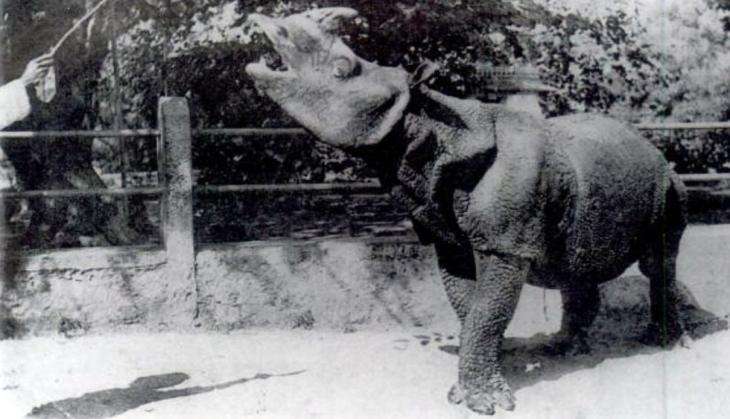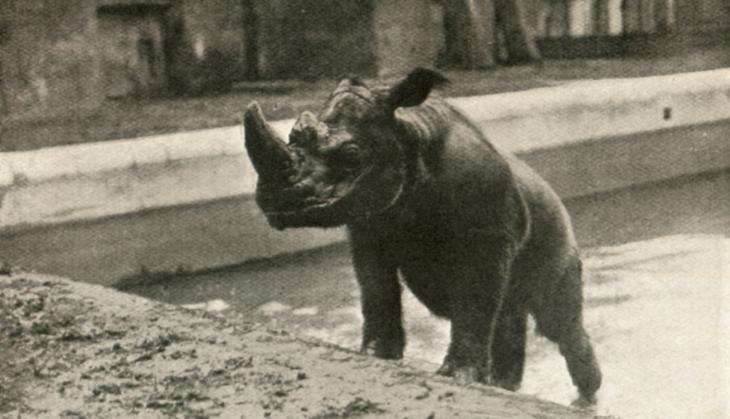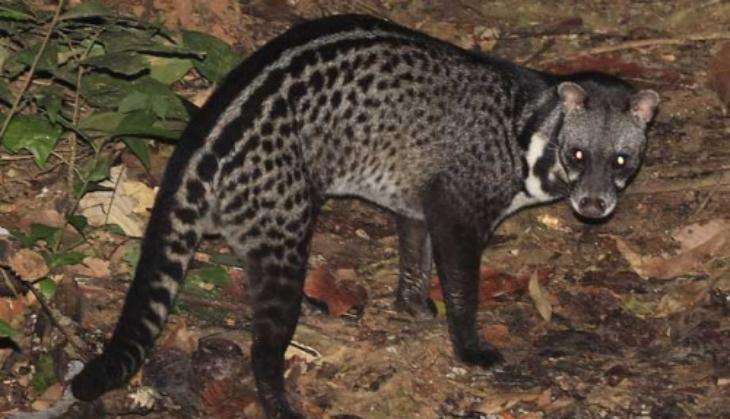World Environment Day: India lost four species in the last century, many more are on the brink of extinction

Did you know that India is home to 8% of the world's total recorded species? From the common housefly to the rare Bengal tiger, India boasts of a wide range of flora and fauna.
However, we have lost many of these species in our race to develop the economy. Our vested interests have caused some irreparable harm to the environment around us, and has severely dented the numbers of our once impressive species of flora and fauna.
Extinct species
In the last hundred years, the world has seen a colossal transformation in terms of social, cultural and economical change. However, the environment has borne the cost of these changes. The Indian subcontinent alone has lost four species in the last century alone. Here are the magnificent creatures that have been wiped off the planet thanks to human greed.

1) Indian Javan Rhinoceros
We lost this magnificent species to poaching and trophy hunting. The small horns of the male Java rhino (or Rhinoceros sondaicus) were sold for as much as $30,000 in the Chinese markets for their supposed medicinal value.The last Indian Javan Rhinoceros died in 1965.

2) Northern Sumatran Rhinoceros
India is no longer home to the world's smallest-known rhino, which vanished from the country as early as the 1900s. For the first time in 40 years, the animal, also known as hairy rhinoceros or Asian two-horned rhinoceros, was spotted in Indonesia this year.

3) Pink-headed Duck
The pink-headed duck (Rhodonessa caryophyllacea) was once a common sight in the plains of the Ganga.
However, it has been feared extinct since the 1950s. The ducks, which grew up to 43 cm in length, were wiped out due to excessive hunting and habitat destruction in the 1950s.

4) The Malabar Civet
The spotted grey viverrid used to thrive in the Western Ghats. Experts attribute their extinction to excessive hunting to obtain civetone, an extract from their scent glands that was used both in Ayurvedic medicines and as an aromatic. No civet has been spotted in India after 1985.
Crtitically endangered species
While these species are extinct, a number of other species have been put on the endangered list. According to news reports, there has been a 50% increase in the number of threatened species over the past eight years.
In its 2015 report, the Internatioal Union for Conservation of Nature (IUCN) stated that 96 mammals species, 82 bird species and 53 species of reptiles are endangered in India. Other species that are endangered include 75 and 214 species of amphibians and fishes respectively. Seven molluscs, 128 other invertebrates, and 384 plants in the country are also endangered.
In fact, eight more birds from India were added to the IUCN Red List of threatened species for 2015 - indicating an increased threat to avian habitats like grasslands and wetlands.
17 animal species have been listed as "critically endangered" by the IUCN. The White-bellied Heron, Great Indian Bustard, Baer's Pochard, Spoon-billed Sandpiper, White-rumped Vulture,Indian Vulture, Slender-billed Vulture, Forest Owlet, Bengal Florican, Siberian Crane, Bovany Barb, Himalayan Quail, Pookode Lake Barb, Jerdon's Courser, Red-headed Vulture and Sociable Lapwing, are also endangered in India.
First published: 3 June 2016, 4:44 IST






![BJP's Kapil Mishra recreates Shankar Mahadevan’s ‘Breathless’ song to highlight Delhi pollution [WATCH] BJP's Kapil Mishra recreates Shankar Mahadevan’s ‘Breathless’ song to highlight Delhi pollution [WATCH]](https://images.catchnews.com/upload/2022/11/03/kapil-mishra_240884_300x172.png)

![Anupam Kher shares pictures of his toned body on 67th birthday [MUST SEE] Anupam Kher shares pictures of his toned body on 67th birthday [MUST SEE]](https://images.catchnews.com/upload/2022/03/07/Anupam_kher_231145_300x172.jpg)






